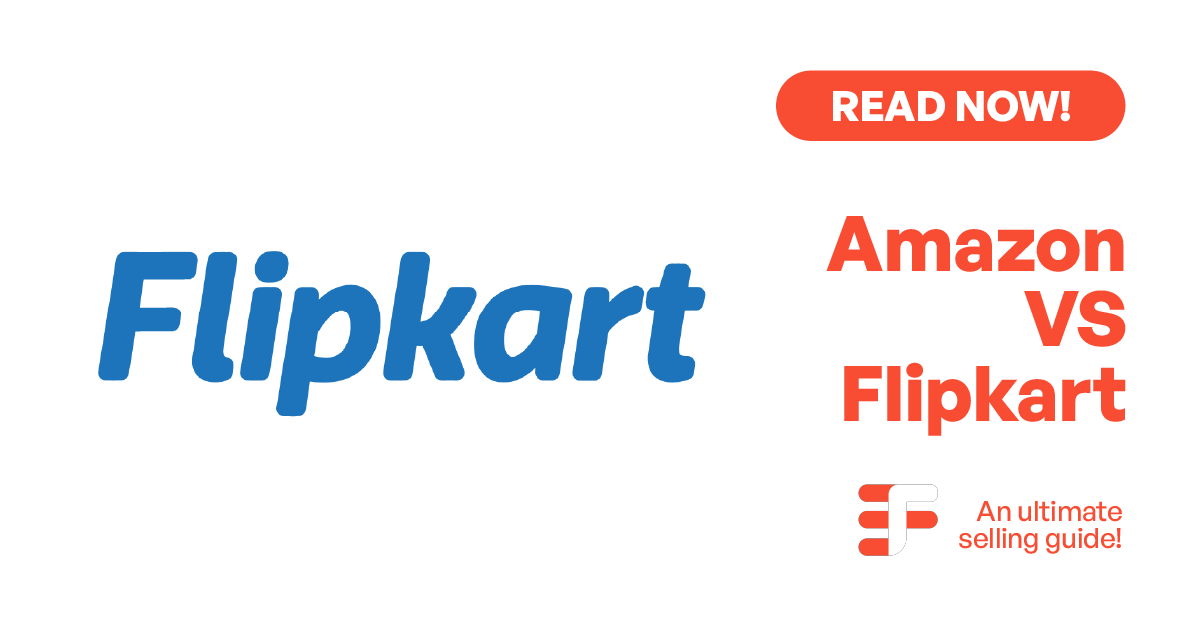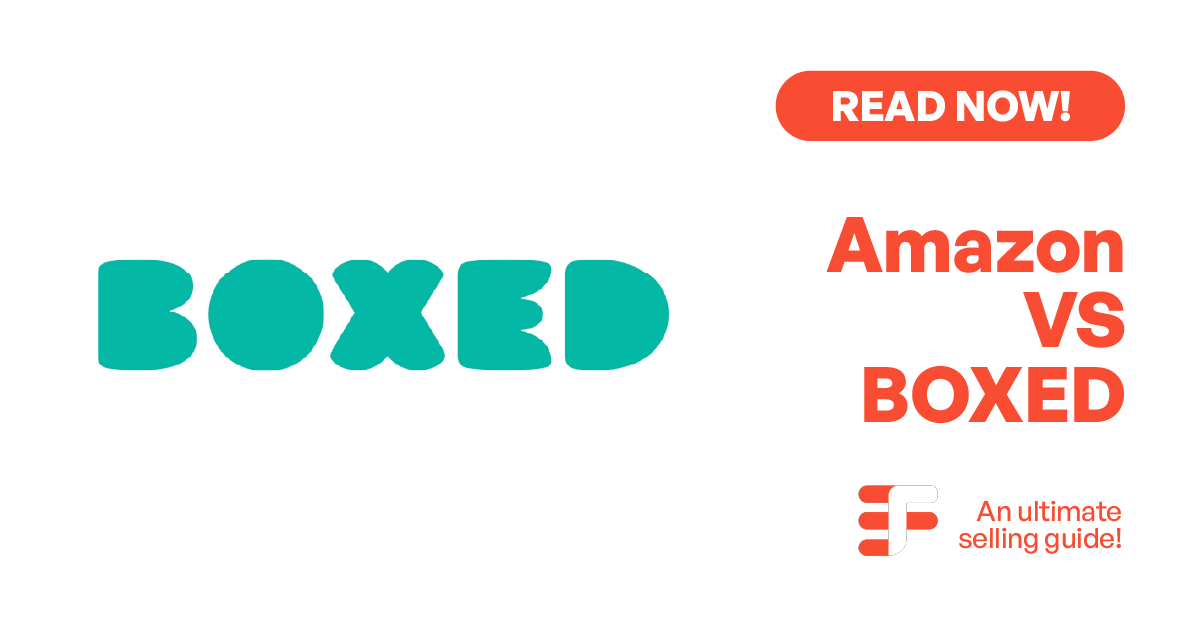Welcome to the world of Amazon PPC advertising, where the right strategies can make a big difference in your success. Whether you’re a seasoned seller or just starting, understanding how to optimize your PPC campaigns is crucial for getting the most out of your investment. In this guide, we’ll walk you through five simple yet powerful strategies that can help you improve your Return on Investment (ROI) and take your Amazon business to new heights.
5 Powerful Strategies for Optimal ROI

Strategy 1: Conduct Comprehensive Keyword Research
The core of a successful PPC campaign lies in thoughtful keyword selection. Begin by brainstorming a list of keywords relevant to your products. To expand this list, leverage tools like the Amazon Keyword Tool, Google Keyword Planner, and SEMrush. Prioritize long-tail keywords specific to your product, as these may have lower search volumes but higher conversion rates, leading to a more favorable Return on Investment (ROI).
Strategy 2: Organize Ad Groups with Precision
A key aspect of triumph in Amazon PPC advertising involves structuring your keywords into tightly-themed ad groups. This enables the creation of highly targeted and pertinent ad copies, boosting both click-through and conversion rates. For instance, if you sell camping gear, designate ad groups for keywords like “camping tents,” “hiking backpacks,” and “camping lanterns.” Each ad group should possess its own keywords and corresponding ads for maximum relevance.
Strategy 3: Fine-Tune Your Product Listing Text
Crafting an optimized product listing is paramount for visibility, whether organic or paid, on Amazon. Ensure that your product title, bullet points, and product description incorporate relevant keywords potential customers are likely to search for. Additionally, focus on creating compelling and persuasive copy that emphasizes your product’s unique selling points. Engage customers with clear benefits and features, and include any social proof or customer reviews that can instill confidence in your product.
Strategy 4: Regularly Adjust Bid Amounts and Campaign Budgets
PPC campaigns demand continual vigilance and optimization to ensure optimal ROI. Routinely assess key performance metrics such as click-through rates (CTR), conversion rates, and cost per click (CPC). Adjust bid amounts and campaign budgets based on the performance of your keywords and ad groups. Boost bids for high-performing keywords to maximize visibility, while decreasing or pausing underperforming keywords to minimize unnecessary spending.
Strategy 5: Harness the Power of Negative Keywords
Negative keywords are pivotal in preventing your ads from displaying for irrelevant or non-converting searches. Regularly scrutinize the search terms report in your Amazon Advertising console to identify any irrelevant or low-converting keywords. Incorporate these keywords as negative keywords to exclude them from triggering your ads. This strategic move ensures that your budget and resources are channeled toward the most relevant and profitable search terms.
FAQs
What role do long-tail keywords play in optimizing Amazon PPC campaigns?
Long-tail keywords are crucial in optimizing Amazon PPC campaigns as they may have lower search volumes but higher conversion rates. Focusing on these specific and detailed keywords helps improve the Return on Investment (ROI) by reaching a more targeted audience interested in your product.
How can I ensure my Amazon PPC ads are highly relevant to potential customers?
To ensure relevance, organize your keywords into tightly-themed ad groups. For example, if you sell camping equipment, create ad groups for specific keywords like “camping tents” or “hiking backpacks.” This approach allows you to create highly targeted ad copies, increasing click-through rates and conversion rates.
What elements of my product listing should be optimized for better PPC performance?
Optimize your product title, bullet points, and product description by including relevant keywords that potential customers are likely to search for. Additionally, crafting compelling and persuasive copy that highlights your product’s unique selling points contributes to better PPC performance.
Why is it essential to monitor and adjust bid amounts and campaign budgets regularly?
Regular monitoring of key performance metrics such as click-through rates (CTR), conversion rates, and cost per click (CPC) is crucial to ensure the best Return on Investment (ROI). Adjusting bid amounts and campaign budgets based on performance helps maximize visibility for high-performing keywords while minimizing spending on underperforming ones.
How can negative keywords improve the efficiency of my Amazon PPC campaigns?
Negative keywords play a vital role in excluding your ads from irrelevant or non-converting searches. By regularly reviewing the search terms report and adding irrelevant keywords as negative keywords, you can focus your budget and resources on the most relevant and profitable search terms, enhancing the overall efficiency of your PPC campaigns.
Conclusion
In conclusion, optimizing your Amazon PPC advertising doesn’t have to be complicated. By implementing the strategies outlined in this guide, you can enhance the performance of your campaigns and achieve a better return on your investment. From keyword optimization to smart budgeting, these simple yet effective tactics can significantly impact your success as a seller on Amazon. Start applying these strategies today and watch as your business thrives in the competitive world of e-commerce.













